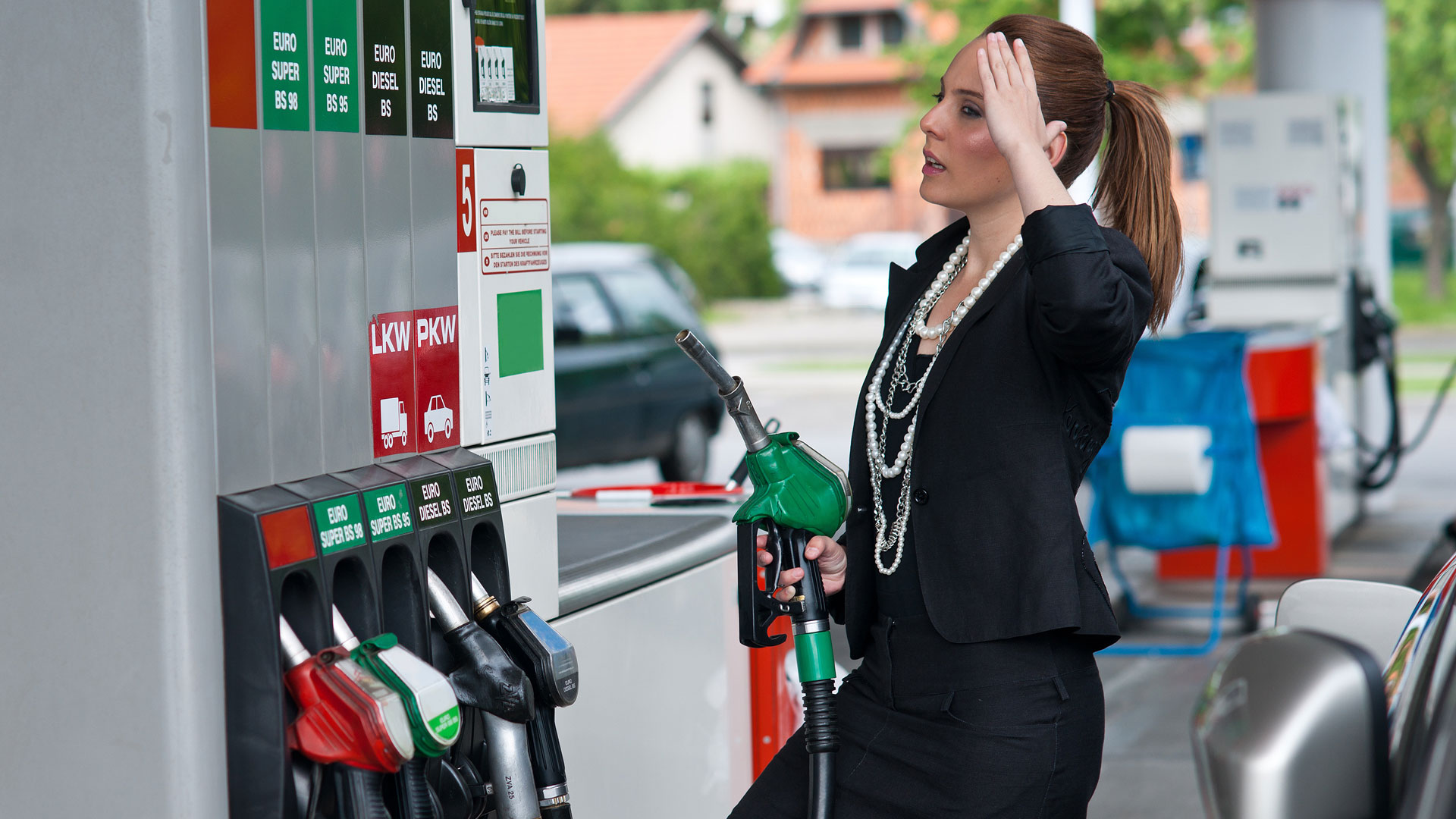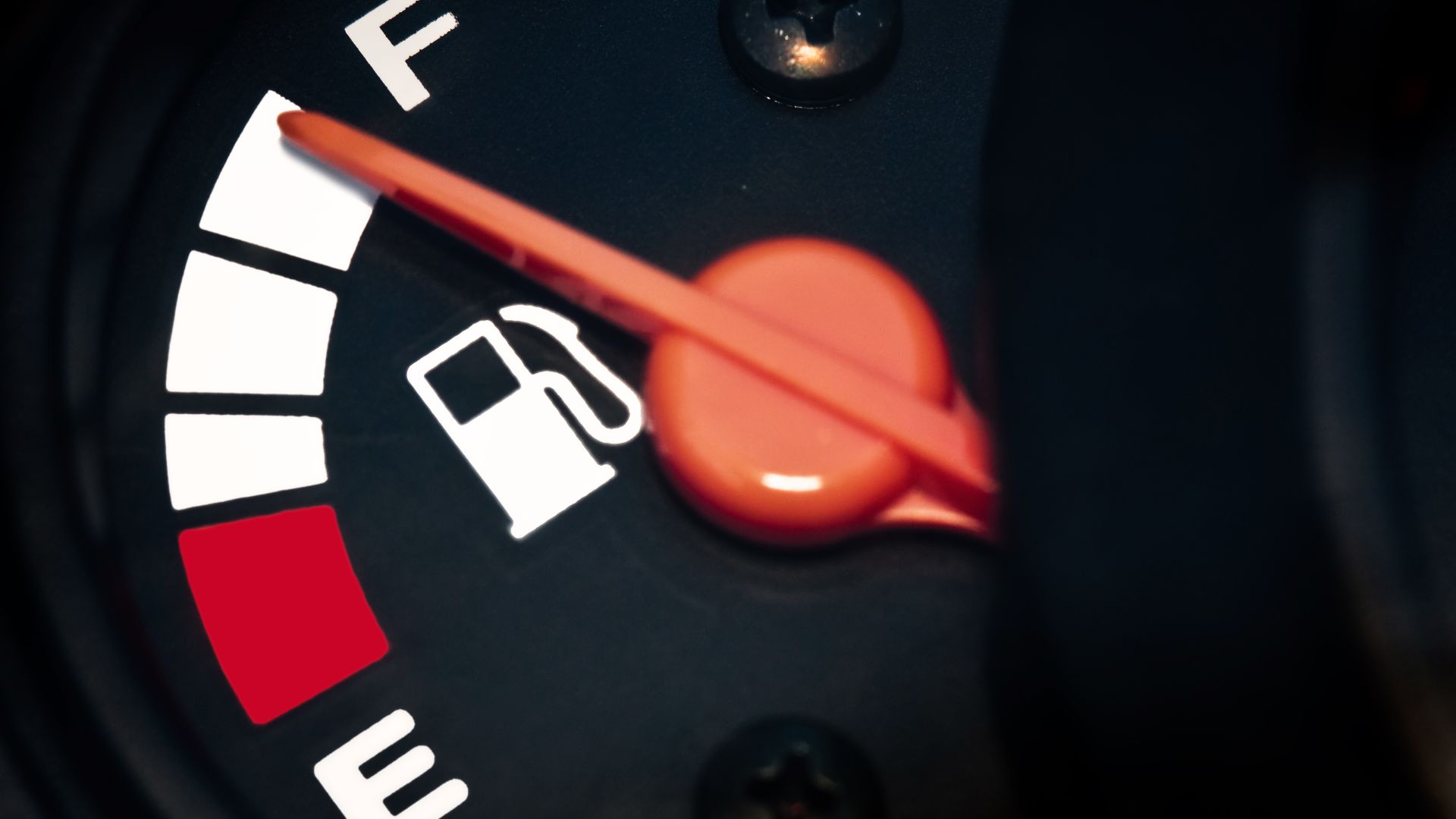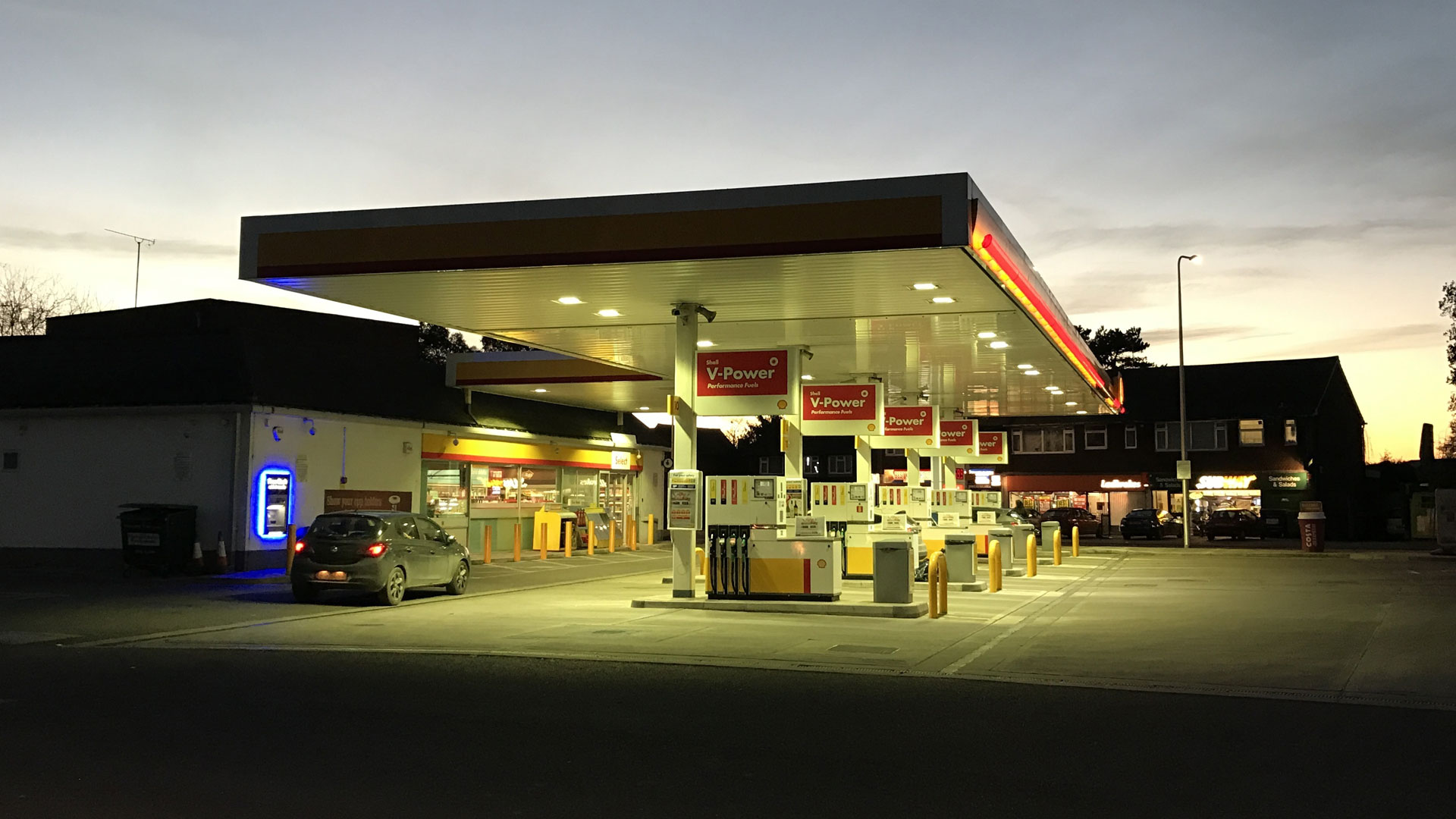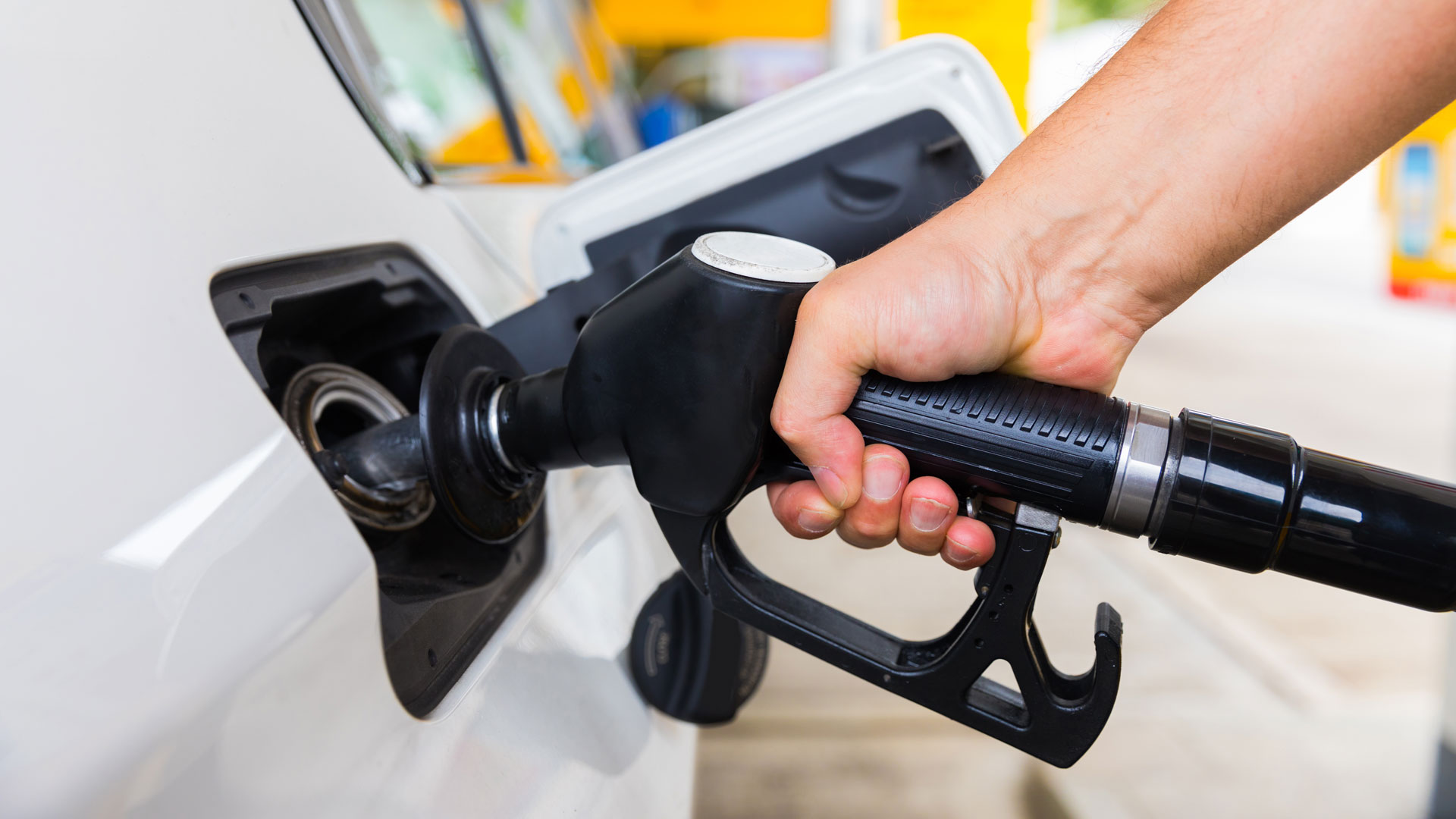
Filling your car with the wrong type of fuel sounds like a silly mistake – the kind of problem that happens to someone else. According to the RAC, though, it happens every three minutes in the UK – inconveniencing around 150,000 drivers every year.
It’s surprisingly easy to do, especially putting petrol in a diesel car. That’s because a petrol pump nozzle fits into most diesel car filler caps.
It’s not impossible to put diesel in a petrol-engined car. However, the diesel nozzle is larger than the majority of petrol filler necks, making this mistake far less common.
In either case, if you realise you have filled up with the wrong fuel, the main thing to remember is: do not start the engine.
The severity of the problem will depend on how much incorrect fuel you have put in the tank – and whether you’ve put petrol in a diesel car or diesel in a petrol car. Let’s examine each scenario in turn.
Putting petrol in a diesel car

Around 95 percent of wrong fuel mistakes occur when petrol is poured into a diesel tank. Sadly, running a petrol car with diesel fuel causes more damage, so your wallet is likely to take a hit. Not to mention your pride.
Again, whatever you do, do not start the engine.
Do not even switch on your ignition, as this could kick-start the fuel pump, circulating the mixed fuel around the engine.
In a diesel car, the diesel acts as a lubricant, whereas petrol acts as a solvent, causing damage to the fuel system. Without lubrication, the fuel pump will create internal friction, with the high-pressure injectors also affected.
A replacement common-rail injector system could set you back thousands of pounds – potentially more than the value of the car.
As soon as you notice your mistake, click off the fuel filler pump and stop fuelling. If you’ve added a small amount of petrol to a diesel tank, you could get away with filling the rest of the tank with diesel.
That’s because a mix of five percent petrol and 95 percent diesel is unlikely to damage the fuel system and engine.
Better to be safe than sorry, mind, so inform the staff at the filling station counter, who will either put a cone behind your car to warn other motorists that the pump is closed, or arrange for the car to be pushed away. You might need to turn the ignition key from ‘lock’ to ‘accessory’ to release the steering lock.

Next, call your breakdown provider or one of the misfuelling companies listed on the internet. Alternatively, if you have taken out misfuelling insurance cover, get in touch with your insurance provider, which will arrange for the draining and removal of the contaminated fuel.
Insurance cover is unlikely to be provided by your standard policy. Research by GoCompare found that just nine percent of comprehensive policies covered the cost of draining and cleaning the tank. A further three percent of the policies would provide cover as an optional extra.
Whether you’ve contacted a breakdown company, a misfuelling expert or your insurance provider, wait with your car for help to arrive. Cleaning and flushing the system should take anything from 30 minutes to an hour, and may set you back around £200.
Once the system has been drained of petrol, the tank will need filling with diesel and priming to remove any air from the system.
In the worst case scenario – say you’ve started the engine or have driven the car before noticing a problem – you may have to be towed to a nearby garage for further investigation and repairs. This could mean a total bill running into thousands of pounds.
Putting diesel in a petrol car

Filling a petrol car with diesel is a less serious mistake – and the damage isn’t as severe – but you should follow the same steps.
If you start the engine, the spark plugs and fuel system will be coated in diesel, leading to a misfire and smoke from the exhaust, before the car grinds to a halt. Alternatively, the engine will fail to start or just stop.
Again, don’t start the engine – simply call for help and follow the instructions outlined above.
The good news is that the damage won’t be serious and no lasting damage will be caused.
How to prevent misfuelling
Most misfuelling errors occur after a lapse in concentration or after a motorist has switched from one type of car to another. Always double check the nozzle before filling up.
If you drive a diesel car, consider buying a misfuel prevention device, such as a Fuel Angel. It replaces the existing filler cap and prevents a petrol nozzle from fitting into a diesel filler neck.
They cost £45, which is far cheaper than the cost of flushing the system or more expensive repairs.
ALSO READ:
Putting petrol in a diesel car is especially easy – and mistakenly putting diesel into a petrol tank is also possible. What matters most, is how wisely you respond to this situation. This can damage your car’s engine.